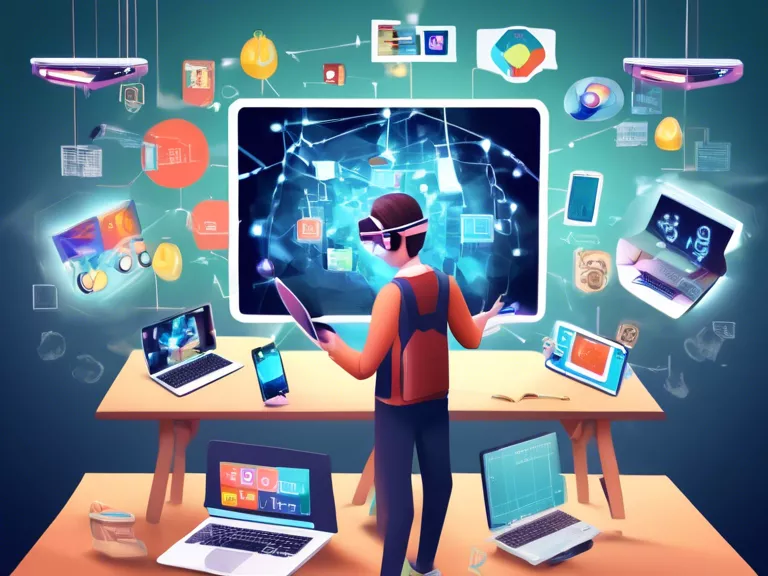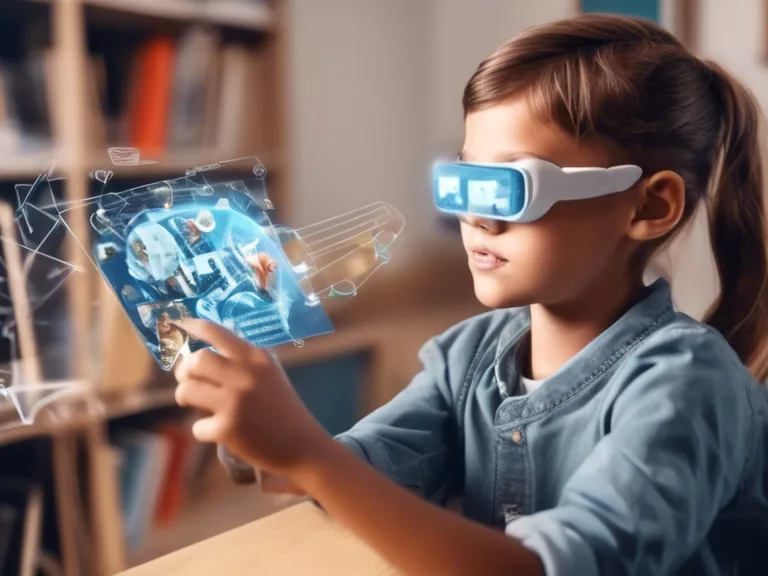
Introduction
Augmented Reality (AR) technology has been revolutionizing various industries, and education is no exception. By overlaying digital information onto the real world, AR enhances the learning experience and makes educational content more engaging and interactive. In this article, we will explore how AR is transforming the way we learn and its impact on education.
Enhancing Classroom Learning
AR brings learning to life by creating immersive experiences that can significantly enhance classroom lessons. For example, students studying anatomy can use AR applications to visualize 3D models of the human body, enabling them to explore different systems and structures in a more interactive way. This hands-on approach not only helps students better understand complex concepts but also makes learning more engaging and memorable.
Bridging the Gap Between Theory and Practice
One of the main advantages of AR in education is its ability to bridge the gap between theoretical knowledge and practical application. For instance, students learning about historical events can use AR to virtually visit historical sites, bringing history to life and providing a deeper understanding of the subject matter. This practical application of knowledge through AR helps students connect theory to real-world scenarios, making learning more meaningful and impactful.
Personalized Learning Experiences
AR technology enables personalized learning experiences tailored to individual students' needs and learning styles. By creating interactive simulations and customizing content based on students' progress and preferences, educators can provide a more personalized learning journey. This adaptive approach to education ensures that students receive the support and resources they need to succeed, ultimately leading to improved learning outcomes.
Fostering Collaboration and Engagement
AR fosters collaboration among students by enabling interactive group activities and projects. For example, students can work together on AR simulations or games that promote teamwork, problem-solving, and critical thinking skills. This collaborative learning environment not only enhances students' social skills but also increases engagement and motivation, making learning more enjoyable and effective.
Real-World Applications
The use of AR in education extends beyond the classroom, with real-world applications in fields such as vocational training, healthcare, and corporate learning. For instance, AR can be used to simulate real-life scenarios in medical training, allowing students to practice surgical procedures in a safe and controlled environment. In the corporate world, AR can enhance employee training programs by providing interactive simulations and on-the-job training experiences.
Conclusion
Augmented Reality technology is revolutionizing the way we learn by creating immersive, interactive, and personalized educational experiences. From enhancing classroom learning to bridging the gap between theory and practice, AR has the potential to transform education and empower students with new ways of acquiring knowledge. As AR continues to evolve and become more accessible, its impact on education is expected to grow, shaping the future of learning for generations to come.

